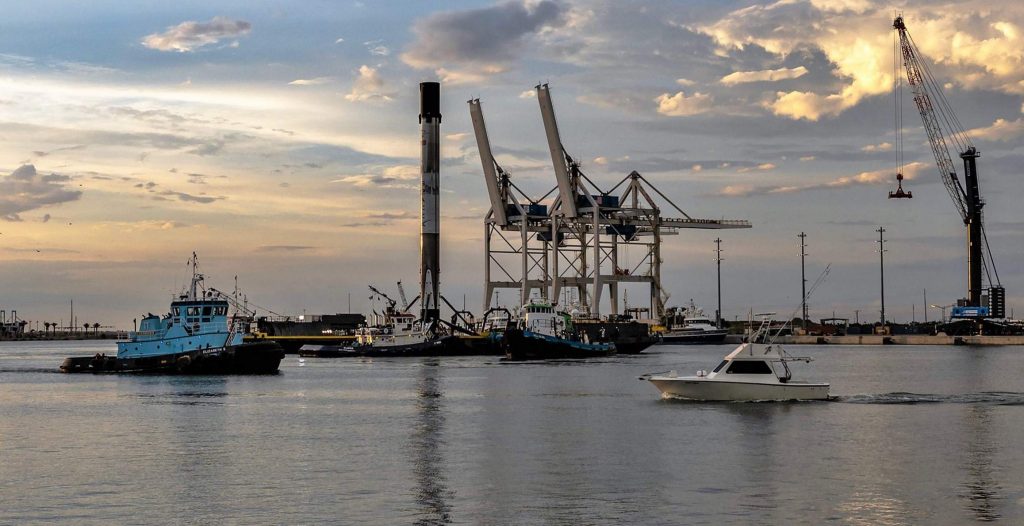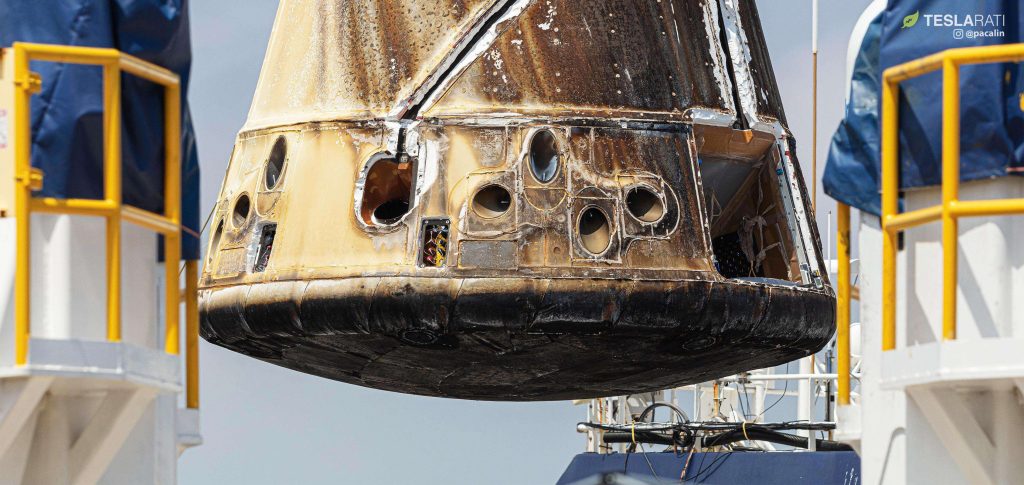Over the course of the massive roller coaster ride that was Tesla’s first and second quarters this year, it has become particularly evident that the electric car maker is dealing with a lot of misinformation. After the first quarter’s lower-than-expected results, for example, Tesla faced multiple narratives suggesting that the demand for the company’s vehicles was fast declining, and that its growth story was dead. It was not until Tesla revealed its higher-than-expected delivery and production numbers in the second quarter that the narrative surrounding the company shifted a little bit for the better.
Being one of the most shorted companies in the market, Tesla is no stranger to misinformation campaigns. The company’s vehicles consistently rank high with safety agencies, yet the idea that the Model 3, S, and X are dangerous and catch fire all the time continues to persist. Tesla’s quarterly safety reports have consistently shown that fewer accidents happen when Autopilot is activated, but the driver-assist system is perceived as dangerous by a notable demographic of would-be car buyers nonetheless — and these are but the tip of the iceberg.
One of the most striking portions of Tesla’s 2019 Annual Shareholder Meeting last month involved a number of retail investors brainstorming solutions to address the alarming amount of misinformation surrounding the company. Responding to the concerned shareholders, Elon Musk admitted that he is at a little bit of a loss when it comes to battling the negativity surrounding Tesla, though he expressed his dislike for advertising campaigns that are deceptive to consumers. Nevertheless, considering that the Tesla Model 3 is now breaking into a market that is larger than it has ever dealt with before, it would be wise for the electric car maker to find a solid, subtle strategy that allows it to reach a wider audience, while shifting the narrative to a more positive direction in the process.

What is pretty remarkable is that Tesla does not need to look far to find a marketing strategy that works without being deceptive. Over in China, there is a company that has shown a notable degree of cleverness with its marketing efforts, utilizing creative campaigns that help improve the perception of the public to its brand. That company is Tesla.
Tesla has been around in China since 2014, when it started delivering the Model S to the region. For the most part, Tesla has competed much like a niche carmaker in the country, with the Model S and Model X being high-priced premium vehicles that are, in some way, considered as status symbols for the wealthy. This is changing with the arrival of the Model 3, as the electric sedan’s lower price opens up the Tesla ecosystem to a far broader demographic. The buildout of Gigafactory 3 in Shanghai, which will be producing locally-made Model 3 and Model Y, will make Tesla’s vehicles even more accessible to the mainstream market in the near future.
With Model 3 deliveries already underway and with Gigafactory 3’s buildout progressing faster than expected, it is pertinent for Tesla to ensure that the company is well marketed for Chinese consumers. This is where things get particularly interesting, since Tesla has been conducting a subtle, clever, and likely effective marketing campaign for the Chinese market as of late. Immediately noticeable is the care that the company has taken to respect the country’s culture and traditions, as shown in the tastefully-designed cards Tesla sent out during last month’s Dragon Boat Festival, and the reviewers that the electric car maker released for high school students in the days leading up to the national college examination. These were simple gestures, but they showed that Tesla is a company that is respectful and grounded.
Other marketing campaigns that have raised Tesla’s visibility in the Chinese market have been equally tasteful. Just recently, Tesla and QQ Music, a popular music streaming service in the country, held a series of “Music Parties” in key cities. These were hip events that were aimed at the younger demographic, many of whom are or will be looking to buy their first vehicle in the near future. The company has also launched a Tesla Performance Driving School, which involves the company hiring professional drivers to teach Model 3 owners how to get the most fun out of their vehicles. This program promotes the capabilities of the Model 3 Performance, while giving the impression that Tesla is a responsible company that encourages high-speed driving in safe, regulated environments.
Also notable were Tesla-organized road trips, which are extended journeys over scenic routes that are aimed at promoting the company’s vehicles and the convenience of the Supercharger Network. Online, Tesla’s active marketing strategies in China are quite impressive as well, as evidenced by the spread of tutorials featuring its vehicles and their features. These pages, one which could be accessed here, feature clear guidelines about Autopilot’s proper utilization, its features, its limitations, and the responsibilities of the driver while the system is in use.
When it comes to battling misinformation, the best strategy is always to provide the right information. To shift a subjectively negative narrative, it is best to foster an objectively positive narrative. Contrary to Elon Musk’s statements during the Annual Shareholder Meeting, it appears that Tesla already has a pretty good strategy that has the potential to address, at least to some degree, the misconceptions and misinformation surrounding the company in the United States. Granted, Tesla currently enjoys widespread support from the Chinese government, and the United States is a far more challenging market than China, but considering what’s at stake, these marketing efforts might very well be worth a try.

<!–
–>
var disqus_shortname = «teslarati»;
var disqus_title = «Tesla’s marketing strategies in China could address the negative narrative in the US»;
var disqus_url = «https://www.teslarati.com/tesla-marketing-strategy-in-china-can-kill-fud-in-the-us/»;
var disqus_identifier = «teslarati-109585»;





